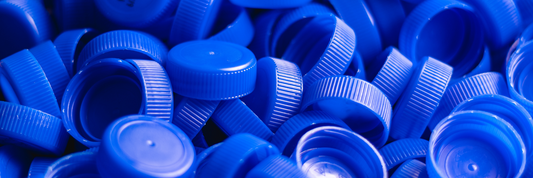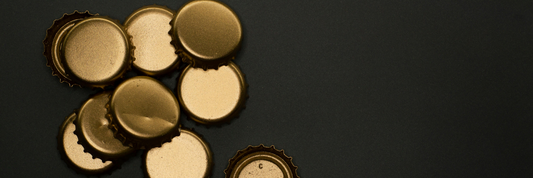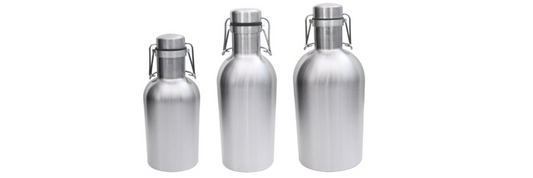Wheat straws are not only an alternative to conventional plastic straws but also a symbol of the trend of green and sustainable living. In this article, we will explore every aspect of wheat straws, from the production process, advantages, to practical applications and frequently asked questions.
What is Wheat Straw?
Wheat straws are straws made from wheat stalks, a completely natural and biodegradable product. This product does not contain plastic or toxic substances, helping to reduce environmental pollution.
Origin
- Wheat straws originate from agricultural countries where wheat is widely grown.
- Initially, wheat stalks were only used as animal feed or fertilizer, but now they have been recycled into straws.
Features
- Environmentally friendly: Completely decomposes under natural conditions.
- Durability: Ability to withstand high and low temperatures.
- Aesthetics: Rustic design, close to nature.

How Wheat Straws are Made
Harvesting and selection
- Wheat stalks are harvested after the grains have ripened.
- Select straight, sturdy and unrotten stalks.
Cleaning and processing
- The stalks are washed with water to remove dirt.
- Heat treatment is carried out to sterilize and ensure hygiene.
Cutting and shaping
- The stalks are cut into standard lengths (about 20 cm).
- Surface polishing to remove sharp edges and increase aesthetics.
Quality control: Remove defective products such as bent, broken or substandard.
Packaging: Use recycled or biodegradable packaging to package wheat straws.

Benefits of Wheat Straws
- Environmentally Friendly: Wheat straws are 100% biodegradable and compostable, breaking down naturally without releasing harmful toxins. They help reduce plastic pollution and promote sustainability.
- Durable and Functional: Unlike paper straws, which often become soggy, wheat straws remain sturdy in both hot and cold beverages. They are naturally water-resistant and can hold up well during use.
- Gluten-Free and Safe: Despite being made from wheat, these straws do not contain gluten as the protein is found in the grain, not the stalk. This makes them safe for people with gluten sensitivities or celiac disease.
- Minimal Processing: Wheat straws are made using simple, low-impact processes that require minimal energy and chemicals, reducing their overall environmental footprint.

Comparing Wheat Straws to Other Types of Straws
| Straw Type | Advantages | Disadvantages |
|---|---|---|
| Plastic Straws | Cheap and widely available. | Notorious for polluting oceans and harming marine life. |
| Paper Straws | Biodegradable. | Often disintegrate quickly in liquids, leading to a poor user experience. |
| Metal Straws | Reusable and durable. | Require cleaning and can be expensive. |
| Bamboo Straws | Sustainable alternative. | Often bulkier and less readily available. |
| Wheat Straws | Guilt-free, eco-friendly alternative without compromising convenience; durable and pleasant. | Disposable (single-use) option but balances accessibility, usability, and sustainability. |
Everyday Uses for Wheat Straws
- Home Use: Wheat straws are perfect for everyday use in households. They’re great for sipping smoothies, juices, and cocktails without adding to waste.
- Restaurants and Cafés: Many eco-conscious establishments have switched to wheat straws to align with sustainable practices and appeal to environmentally aware customers.
- Events and Celebrations: From weddings to corporate events, wheat straws are an elegant and eco-friendly choice for serving drinks while reducing the environmental impact.

Proper Use and Storage of Wheat Straws
How to Use: Wheat straws are ready to use straight out of the package. Simply place them in your drink and enjoy. They’re suitable for both hot and cold beverages.
Storage Tips: Keep wheat straws in a cool, dry place to prevent moisture buildup. Avoid exposing them to direct sunlight or humid conditions.
Disposal: After use, dispose of wheat straws in compost bins or bury them in the soil, where they will decompose naturally within weeks.
FAQs About Wheat Drinking Straw
Are Wheat Straws Safe for People with Gluten Allergies?
Yes, wheat straws are gluten-free as the stalks used to make them do not contain gluten. Only the grain part of wheat has gluten.
Can Wheat Straws be Reused?
Wheat straws are designed for single use, but they’re sturdy enough to be rinsed and reused a few times if desired. Ensure proper cleaning before reusing.
How Long Does it Take for Wheat Straws to Decompose?
In optimal composting conditions, wheat straws can break down completely within 3-6 months.
Are Wheat Straws Suitable for Hot Beverages?
Yes, wheat straws can withstand hot drinks without losing their shape or releasing harmful substances.
How Do I Know if Wheat Straws are High-Quality?
Look for smooth, uniform straws without cracks or discoloration. High-quality wheat straws will be odorless and free of any chemical residues.
Conclusion
The use of wheat straws represents a significant step toward a more sustainable future. By choosing these eco-friendly alternatives, we can reduce our reliance on single-use plastics and minimize environmental harm. Whether you’re an individual looking to make greener choices or a business striving to adopt sustainable practices, wheat straws are an excellent option to consider. Together, small actions like switching to wheat straws can create a big impact in the fight against plastic pollution.









